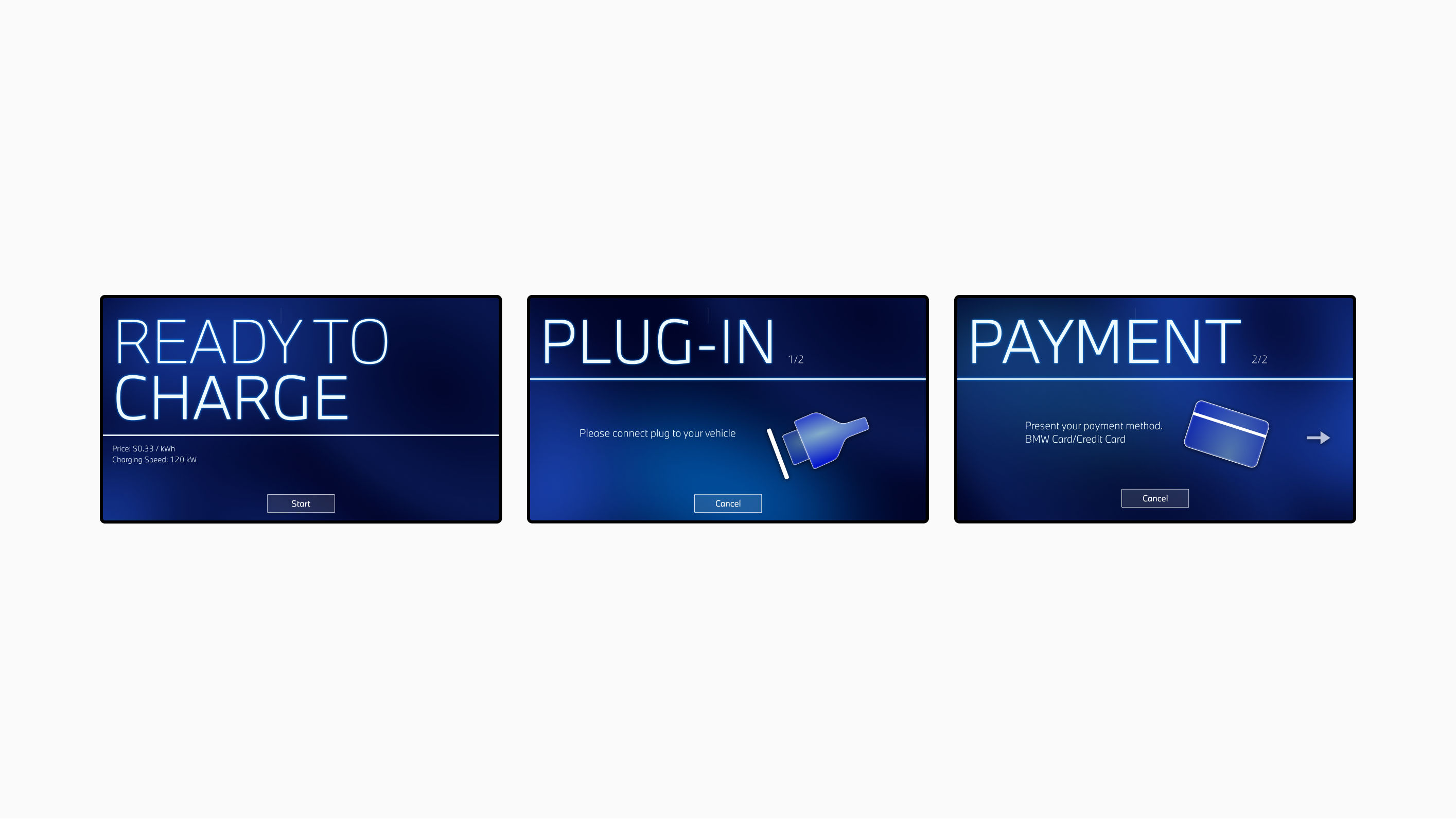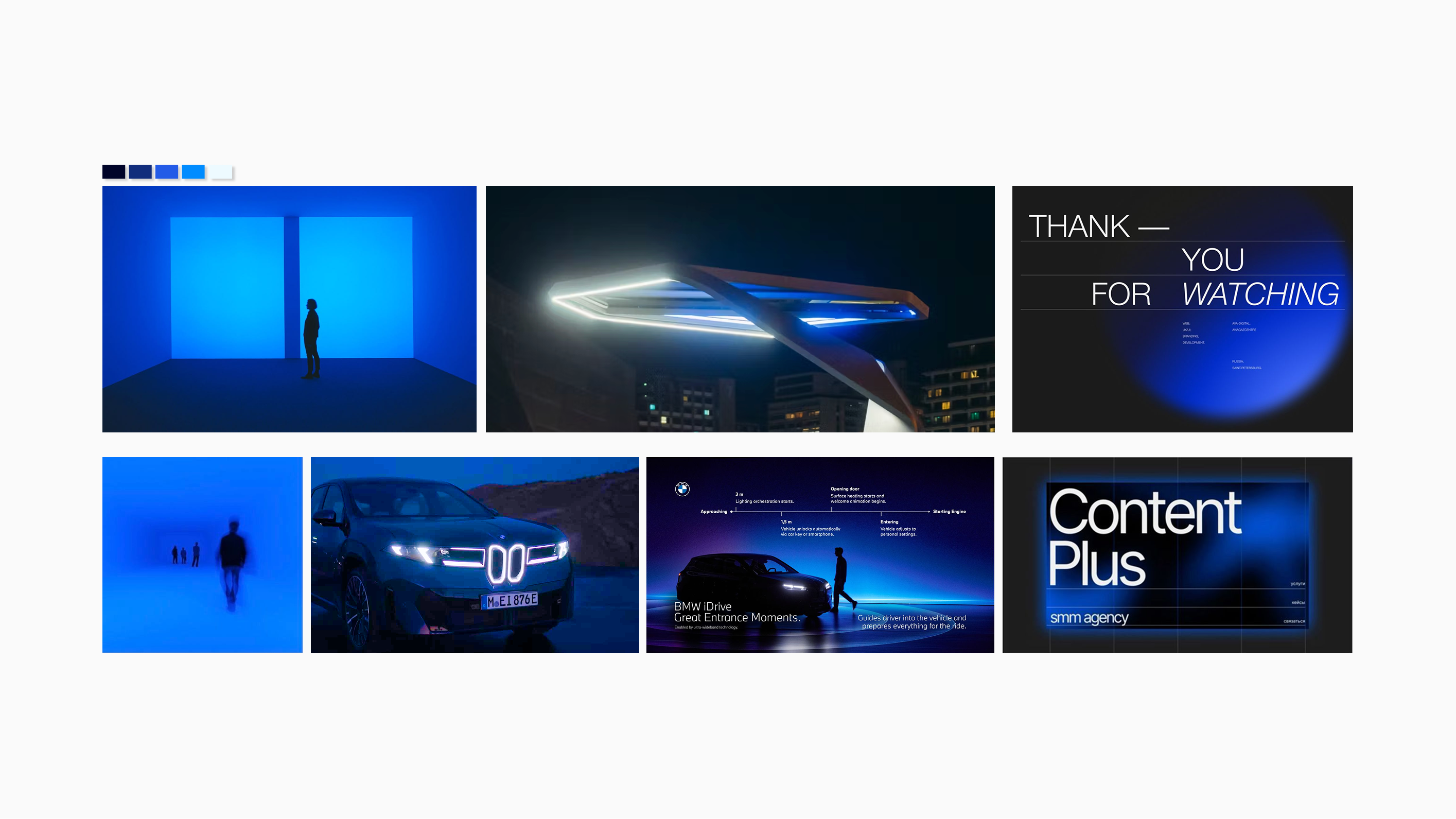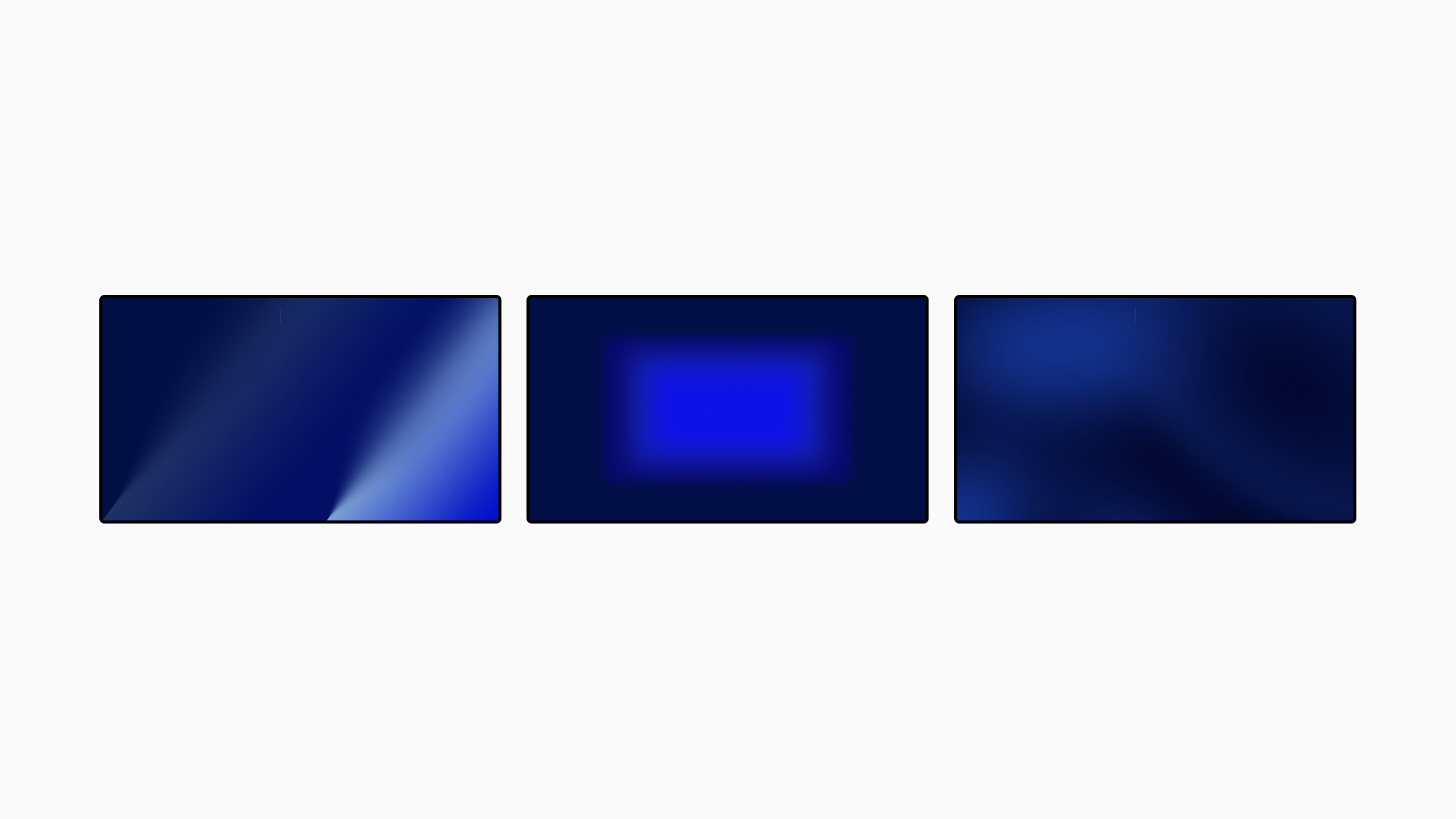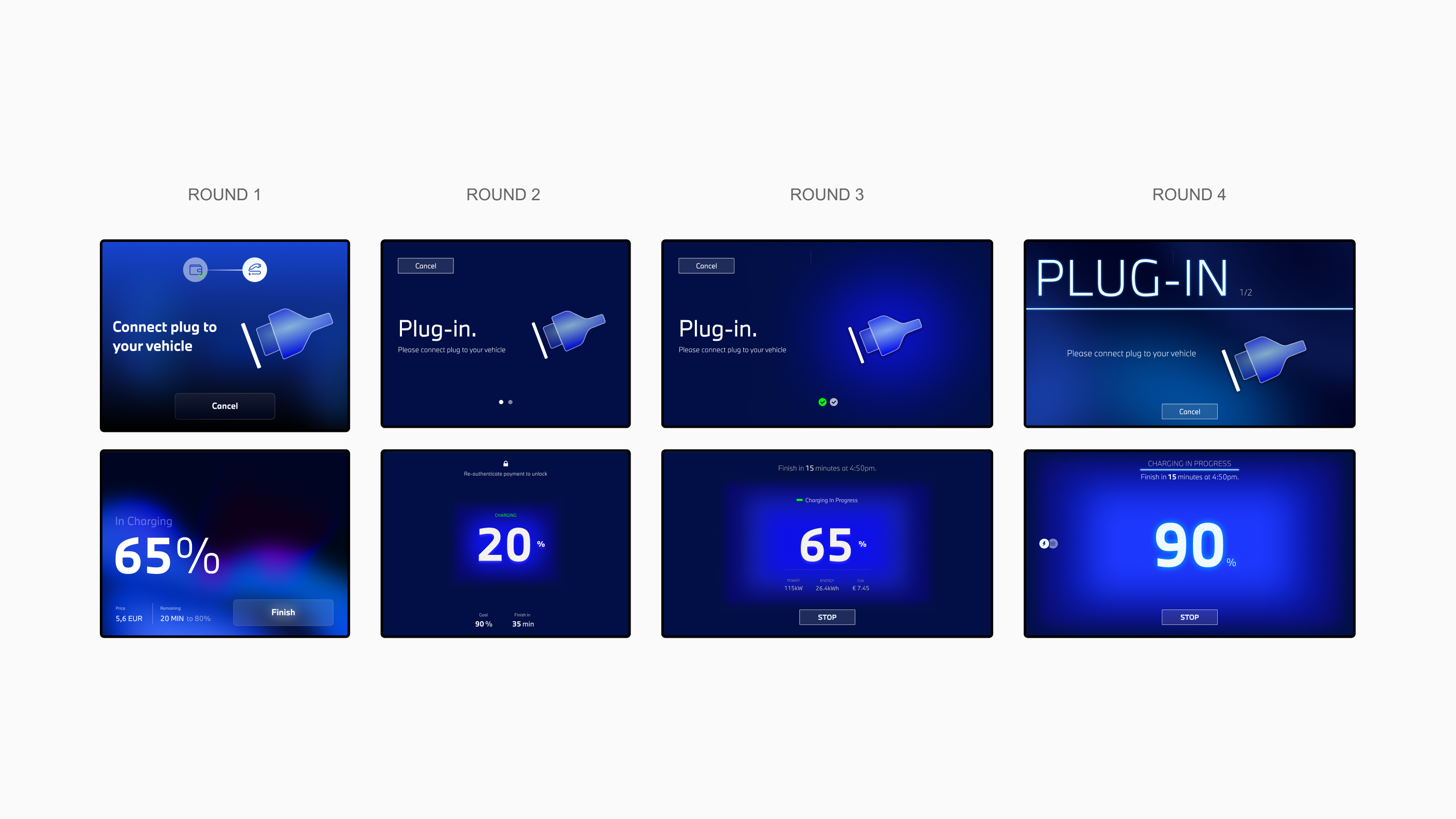









This project became a turning point in how I think about visual experience and abstraction. It pushed me to translate something invisible — the idea of energy flow — into a living interface. Through every iteration, I learned to balance aesthetic beauty with usability and purpose.
I’m deeply thankful to Julia Raith, our team lead, who guided me with patience and insight as a mentor. Her feedback helped me grow through every failure and find clarity in direction. And to Lenni, who first inspired me to visualize energy as movement — that spark shaped the heart of this project.